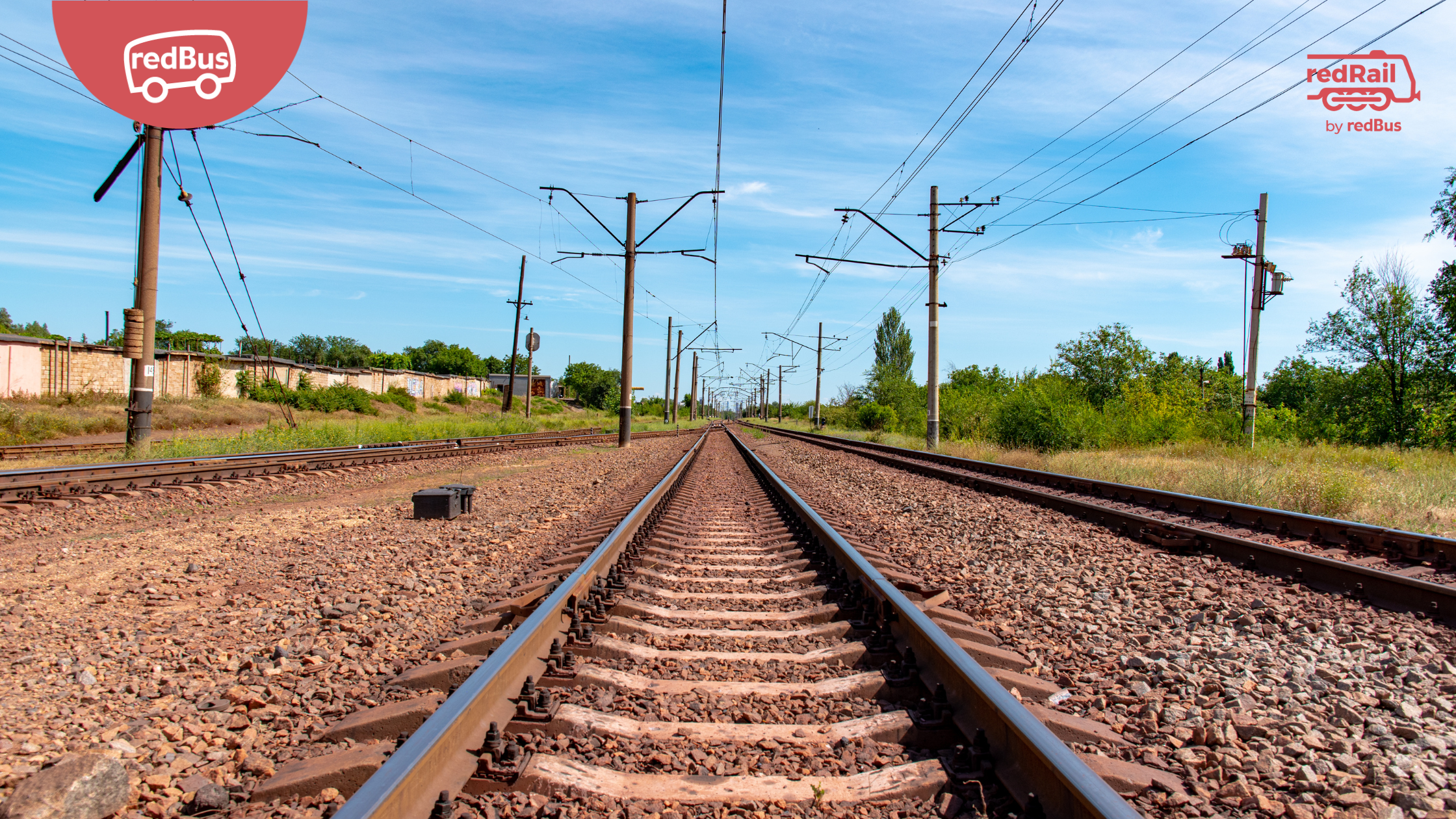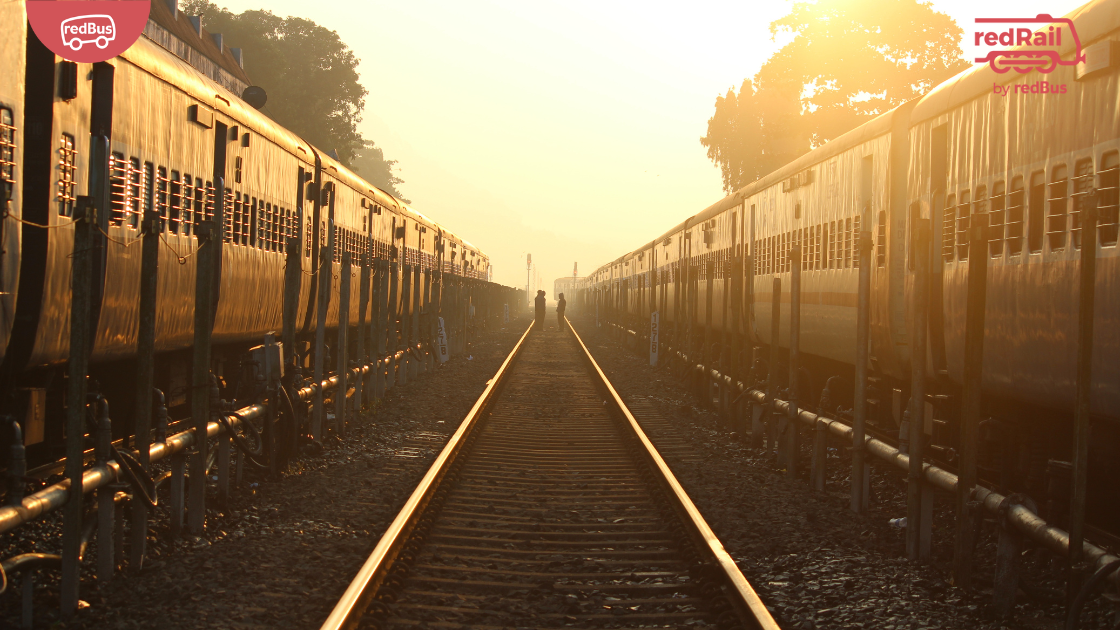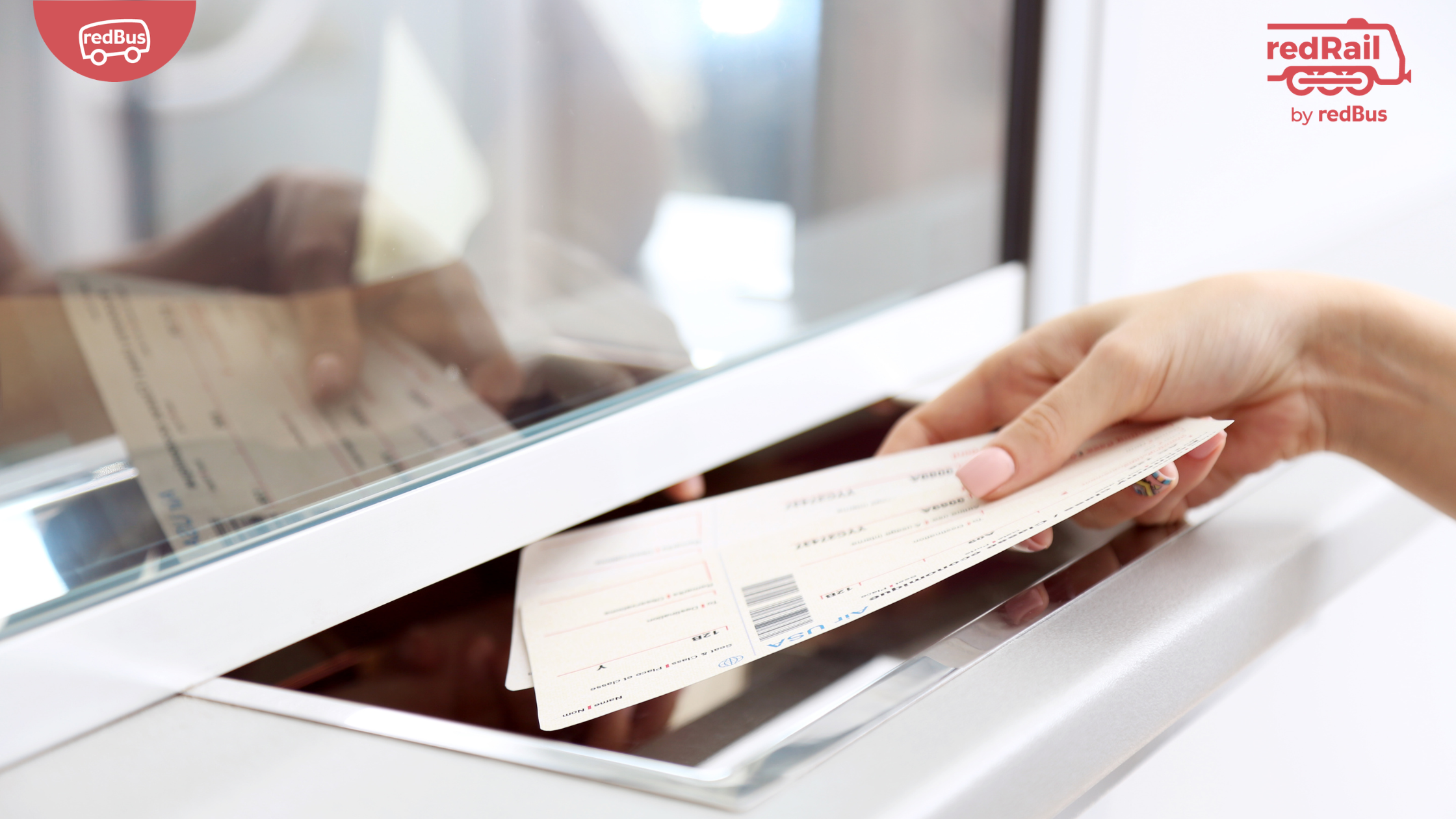If you’ve ever found yourself scratching your head over the difference between a central, junction, and terminal in the world of railways, you’re not alone. But fear not, because I’m here to break it down for you in plain and simple terms. Besides train ticket booking, it is essential to understand railway terminologies for a smooth travel experience.
What is Central, Station and Terminal?
Knowing the difference between central, junction, and terminal stations is crucial for navigating the railway system like a pro. Central stations are bustling hubs, junctions are where tracks meet, and terminals mark the end of the line. Understanding these distinctions ensures you board the right train and don’t end up in the wrong city. Also, keeping tabs on your journey by checking PNR status or tracking live train status adds an extra layer of convenience, so you can stay informed and avoid any unexpected detours or delays. It’s the key to a hassle-free railway adventure.
Central
Central stations are the bustling hubs of activity where trains of all shapes and sizes converge. These stations are typically located in the heart of a city and serve as major transportation hubs for commuters, tourists, and long-distance travellers alike. With multiple platforms, ticket counters, waiting areas, and amenities like restaurants and shops, central stations are designed to cater to the needs of a diverse range of passengers.
One of the defining features of central stations is their connectivity – they serve as the intersection point for multiple railway lines, allowing trains to crisscross the country with ease. Whether you’re hopping on a local commuter train or starting on a cross-country journey, chances are you’ll pass through a central station at some point along the way.
In addition to their role as transportation hubs, central stations often serve as landmarks and cultural icons in their own right. From historic buildings to modern architectural marvels, these stations are often synonymous with the cities they serve, attracting tourists and locals alike with their grandeur and charm.
Junction
Junction stations may not have the glitz and glamour of central stations, but they’re the unsung heroes of the railway world. These stations serve as vital connecting points between different railway lines, allowing trains to switch tracks and routes seamlessly. Whether it’s merging onto a mainline track or diverging onto a branch line, junction stations play a crucial role in ensuring smooth transit and efficient operations across the railway network.
One of the key features of junction stations is their layout – they typically have multiple platforms and tracks arranged in a crisscross pattern, allowing trains to move in different directions. This layout allows for flexibility and efficiency, enabling trains to change routes and directions without disrupting the flow of traffic.
While junction stations may not see as much foot traffic as central stations, they’re essential for facilitating train movements and optimising connectivity. Whether you’re catching a connecting train or simply passing through on your journey, chances are you’ll encounter a junction station along the way.
Terminal
Terminal stations mark the end of the line for trains on a particular route, serving as the final destination for passengers. These stations are typically located at the outer edges of a city or region, providing connectivity to remote areas and facilitating point-to-point travel.
One of the defining features of terminal stations is their layout – unlike central or junction stations, which have multiple platforms and tracks, terminal stations usually have a single platform or a limited number of platforms. This simplicity makes them easy to navigate for passengers, who can simply board or leave from the train without worrying about confusing layouts or multiple platforms.
Terminal stations may not see as much traffic as central or junction stations, but they’re essential for providing connectivity to remote areas and facilitating point-to-point travel. Whether you’re traveling to a small town in the countryside or a scenic destination off the beaten path, chances are you’ll end up at a terminal station at some point along your journey.
Conclusion
Central, junction, and terminal stations each play a unique role in the world of railways, serving as vital hubs for transportation, connectivity, and travel. Whether you’re catching a commuter train to work, starting on a cross-country journey, or exploring remote destinations, these stations are the backbone of the railway network, keeping passengers moving and journeys on track. So the next time you find yourself at a railway station, take a moment to appreciate the unique role it plays in keeping the trains running and the world connected.










